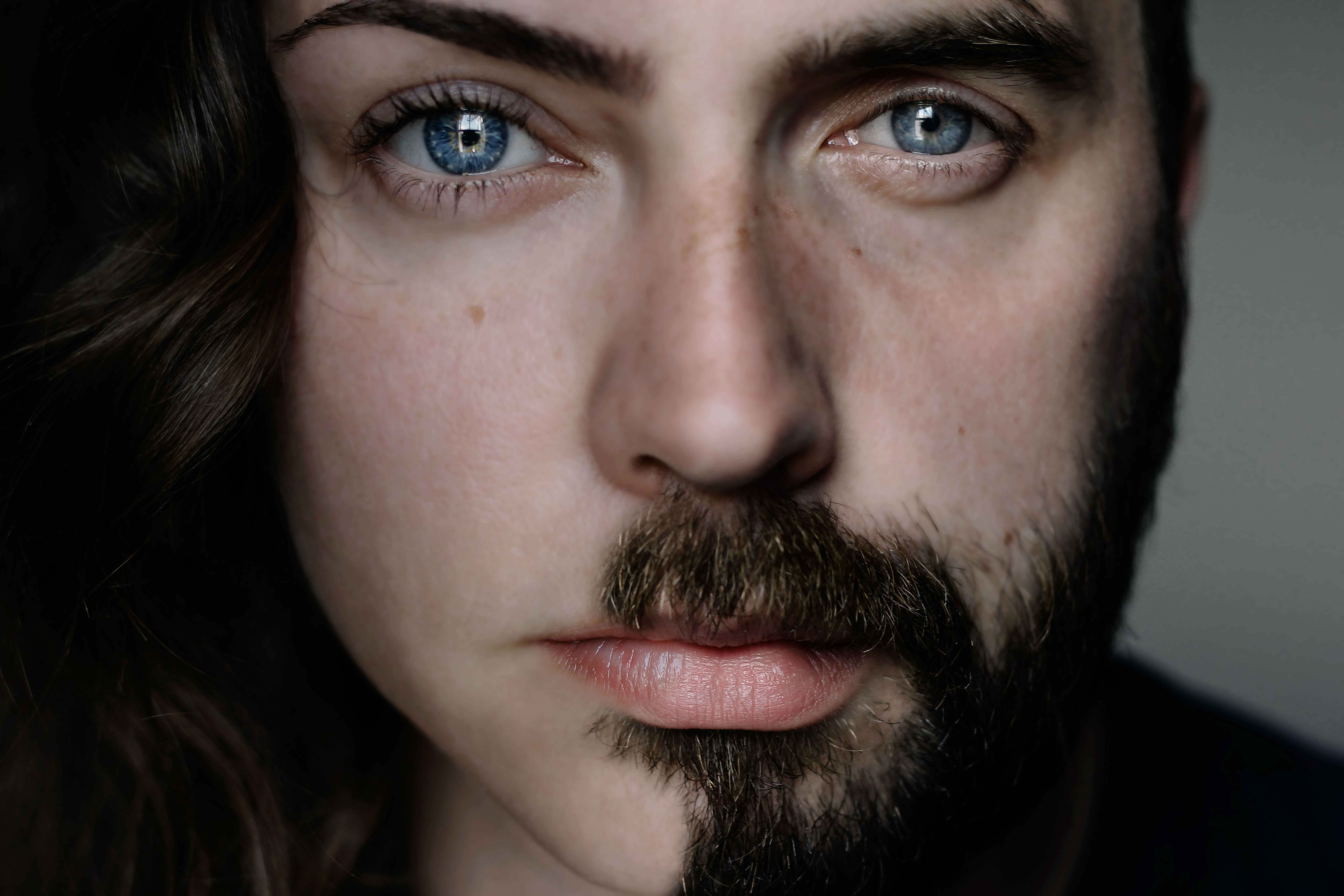Chapter 48. Visual Fields and Hemispheres
Learning Objectives


Understand the relationship between the eyes and the visual fields.
Identify which brain hemisphere receives the visual information from the left and right visual fields.
Predict how a split-brain patient would respond to information presented to one visual field.
Review
Review
Select the NEXT button to continue with the Review.

1. The cerebral cortex of the brain is divided into two hemispheres, each hemisphere communicating with the other through a large band of fibers called the corpus callosum.
Review
Review
Select the NEXT button to continue with the Review.

2. The hemispheres are connected to the opposite (contralateral) side of the body. So, the right hemisphere receives sensory input from the left side of the body (as shown here in purple), and controls the muscles on the left side of the body. The left hemisphere receives input (the red arrow) and sends control signals to the right side of the body.
Review
Review
Select the NEXT button to continue with the Review.

3. The hemispheres do not receive visual input from the contralateral eye, but instead receive input from the contralateral visual field. A word flashed briefly in the left visual field would go to the right hemisphere, and vice versa—regardless of which eye is being used.
Review
Review
Select the NEXT button to continue with the Review.

4. Stare at the nose of the person in this photo. Is the person a man or a woman? Because the male half-face is in your right visual field, your left hemisphere thinks the person is a man—but your right hemisphere thinks the person is a woman!
Review
Review
Select the NEXT button to continue with the Review.


5. For people who have a normal corpus callosum, it doesn't really matter which hemisphere directly receives the information, because the information is quickly shared with the other hemisphere. Both hemispheres are immediately aware that the person in this photo has a strange appearance.
Review
Review
Select the NEXT button to continue with the Review.


6. But in the case of split-brain patients, who have had their corpus callosum cut as a way of treating severe epilepsy, the information remains locked in the hemisphere that first received it.
Review
Review
Select the NEXT button to continue with the Review.

7. Because the left hemisphere usually controls language, split-brain patients can only speak the information if it goes directly to the left hemisphere, as shown in the illustration. If the information goes directly to the right hemisphere, the person can’t speak the name of the object, but can draw it with the left hand (controlled by the right hemisphere).
Practice 1: Connected Hemispheres
Practice 1: Connected Hemispheres
Play the animation to review information about the two hemispheres.
- Chapters
- descriptions off, selected
- captions settings, opens captions settings dialog
- captions off, selected
- English Captions
This is a modal window.
Beginning of dialog window. Escape will cancel and close the window.
End of dialog window.
This is a modal window. This modal can be closed by pressing the Escape key or activating the close button.
This is a modal window.
Practice 2: Contralateral Sensory Connections
Practice 2: Contralateral Sensory Connections
Read the description, then select one of the brain hemispheres to indicate your answer.
Let's see if you understood the point about contralateral (opposite-side) connections to hemispheres.
If a person's left hand is touched, which hemisphere receives that sensory information?
Think about this, and then select the appropriate brain hemisphere to indicate your answer.

Correct.
Information from each hand crosses primarily to the opposite hemisphere, and muscular control of each hand originates in the opposite hemisphere.
Incorrect.
Information from each hand crosses primarily to the opposite hemisphere, and muscular control of each hand originates in the opposite hemisphere.
Practice 3: Split-brain Experiments Using Touch
Practice 3: Split-brain Experiments Using Touch
Play the animation to review the results of split-brain experiments when patients explore objects with their hands.
- Chapters
- descriptions off, selected
- captions settings, opens captions settings dialog
- captions off, selected
- English Captions
This is a modal window.
Beginning of dialog window. Escape will cancel and close the window.
End of dialog window.
This is a modal window. This modal can be closed by pressing the Escape key or activating the close button.
This is a modal window.
Practice 4: Split-brain Experiments Using Vision
Practice 4: Split-brain Experiments Using Vision
Play the animation to review the results of split-brain experiments when patients view words and objects on a screen.
- Chapters
- descriptions off, selected
- captions settings, opens captions settings dialog
- captions off, selected
- English Captions
This is a modal window.
Beginning of dialog window. Escape will cancel and close the window.
End of dialog window.
This is a modal window. This modal can be closed by pressing the Escape key or activating the close button.
This is a modal window.
Quiz 1
Quiz 1
Indicate where the visual information would flow by dragging each object to the gray area near the appropriate hemisphere. When both the objects have been placed, select the CHECK ANSWER button.



Cup
Key
Quiz 2
Quiz 2
For each person, select one of the buttons to indicate Probably yes or Probably no in answer to the question.
The two people represented below are both right-handed individuals with normal intelligence. If the word “cat” is flashed to the left visual field (LVF) of both individuals, will they be able to speak the word aloud?
| Probably yes | Probably no | Probably yes | Probably no | ||
|---|---|---|---|---|---|
 |
 |
||||
Conclusion

